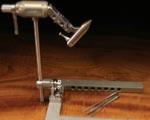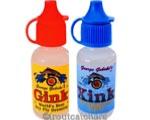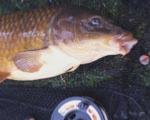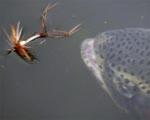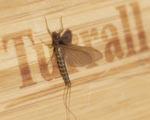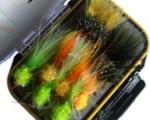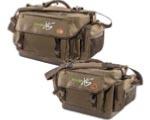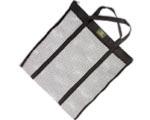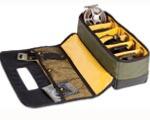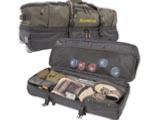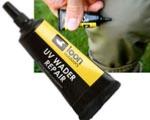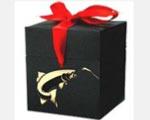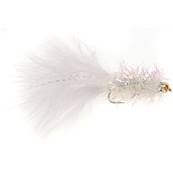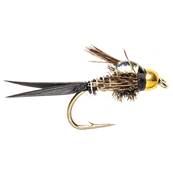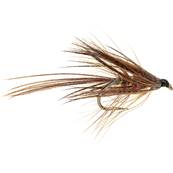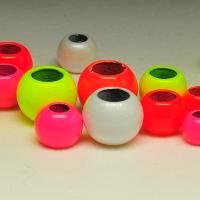01933 388281
|
|
 Fly Fishing Beginners Reel Guide - I have now chosen my fly rod, matched my fly line and my leader. Now I need to know which fly reel to use to balance my set up! is a fly reel that important? Well it is no accident we have chosen to list our beginners guide the way we have, rod, line, leader, then fly reel. When you are setting up a new fly fishing beginners outfit, we would recommend that you prioritise your budget the same way - rod, line, leader, and fly reel. Yes the reel is very important, but the reels primary purpose when fly fishing is to hold the fly line that you are not using, tidy.However, with luck, you will come across situations when you will fight, or play a fish from your fly reel, similar to a fixed spool reels which course fishers use, you'll 'wind', the fish in- But as we said, primarilly you'll generally tend to fight / play your fish using the fly line by hand. (This is far more fun by the way!).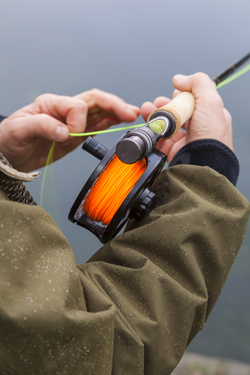 So, What do I need to look out for when choosing a Fly Fishing Reel? When you come to choose your fly reel, you'll need to check that the reel will hold the correct weight of line that you have matched to your rod. All of the fly reels listed on troutcatchers will give you a guide to its fly line capacity along with how much backing line it will take. It's as easy as that really! Other options you need to take in to account is; its weight, the lighter the better! But do not compromise on the materials used - you don't want it falling to pieces when you have that over wintered Rainbow Trout peeling line from your spool!... And talking of spools, make sure you have the opportunity to purchase 'spares' in the future, if you don't buy them initially. If just buying one spool, I would guess that the majority will load it with floating line, however as your hobby progresses you'll want sinking lines, intermediate lines and so on - your spare spools will hold these lines & make it easy & quick for you to change as required. 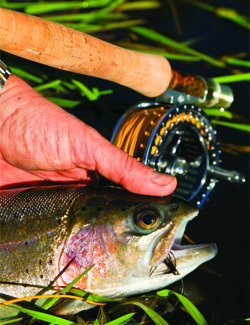 Next you need to think about what fish you are targeting? Are you fishing for Trout? Salmon? Or the largest Shark in the Ocean? We are guessing you have already thought this through and have got, or are, purchasing the correct Rod & Line – So matching up a reel should be pretty straight forward. Just make sure it will hold the amount of line and backing you are likely to need! You’ll not want feature full disc drag system for trout, but you may need to for larger specimens, and if you are likely to use it anywhere near saltwater, make sure it is corrosion resistant.  Fly Reels – Bit more Techy Stuff! You’ll find there are two types of Fly Reels that most manufacturers design and stock. Die Cast & CNC machined..... Die Cast – These are the reels you generally find in the lower price brackets, Die Cast is a mass production process of which molten alloy is placed into a mould. This technique has helped make the cost fly reels drop to today’s prices. Whilst Die Casts gives a great deal more flexibility to design, the negative is they are not normally engineered as well as CNC machined Fly Reels and can be vulnerable to damage if dropped. CNC Machined – Fly Reels manufactured using this technique are stronger and more lightweight than Die Cast models. They can take a lot more wear and tear. The downside is the expense, the materials and manufacturing process make CNC Machined Fly Reels more expensive, however if looked after should last a lifetime. They are manufactured from a bar of aluminium using computer controlled machines, which produces really top end fly reels. Following this process the Fly Reel parts are anodised to prevent corrosion making them resistant to saltwater. 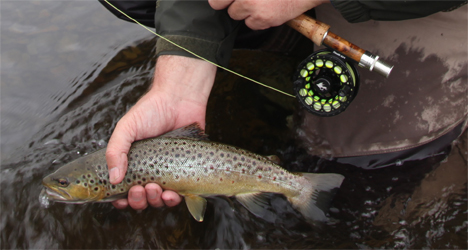 Which Fly Reel Design do I need? You will find several different types of Fly Reels available, Standard, Mid and Large Arbor reels (Arbor is the distance from the centre spindle to the base of the spool). And Cassette Fly Reels. Standard Arbor Fly Reel, a traditional design where the spools base is in the middle of the reel. Ideal for smaller river rods, usually holding plenty of backing line.The downside is the fly line and backing is stored on the spool in small diameter coils of which gives poor line storage, leading to line memory. Mid Arbor Fly Reels, these are slightly wider than the standard Arbor, giving better room for backing and helps keep the fly line looped larger thus reduce memory issues. They have also got improved retrieval rate. Large Arbor Fly Reels, again moving larger which allows even more backing capacity, a faster retrieval rate, plus again a reduced line memory. Cassette Fly Reel, a fly reel that uses inexpensive plastic spools of which can be easily changed to allow different fly lines to be used. Perfect for competition trout anglers or fly anglers on a budget |




